





Tunnels
Tunnels may be motorways, roads or streets that are in an enclosed environment of minimal room.
They are often constructed through geological strata in mountains, underground or undersea, but they may also be hollow structures laid in open cut or on a seabed. Tunnels may be isolated facilities or in the form of a sequence of tunnels.
Tunnels on divided roads are generally provided in separate tubes for unidirectional traffic. On undivided roads tunnels are constructed in a single tube for bidirectional traffic.
Crashes in tunnels are diversified. In addition to breakdown and collisions encountered on open roads, tunnels are susceptible to fire, spillage, congestion, flooding, and over-height vehicles. Due to the difficulties in incident management and potential catastrophic consequences, tunnel safety emphasizes incident prevention, swift response and limitation of secondary consequences. Accordingly tunnel operation is more demanding than open roads. Tunnel facilities also require a higher degree of maintenance.
Tunnels and their approaches should have relatively generous horizontal alignment free of sharp curves and steep gradients. Modern tunnels may have grade-separated intersections but this require elaborate safety design. Safety provisions should be provided in accordance with road type, tunnel type, traffic volume and vehicle composition. Tunnels exceeding 500m in length require particular attention in terms of traffic management and emergency response. Typical safety provisions include laybys, laybys, vehicle cross-passage, pedestrian cross-passage, emergency station, walkway, evacuation exits, U-turn facilities, grade-separated crossing for operational staff etc.
Signing for tunnels need to be systematic and include information signs, signs about driving rules, signs for emergency facilities and evacuation as well as variable message signs and signals, barrier gates, etc. Tunnel lighting is required to enable traffic to approach, enter, travel through and exit a tunnel or similar facilities smoothly.
Related Images
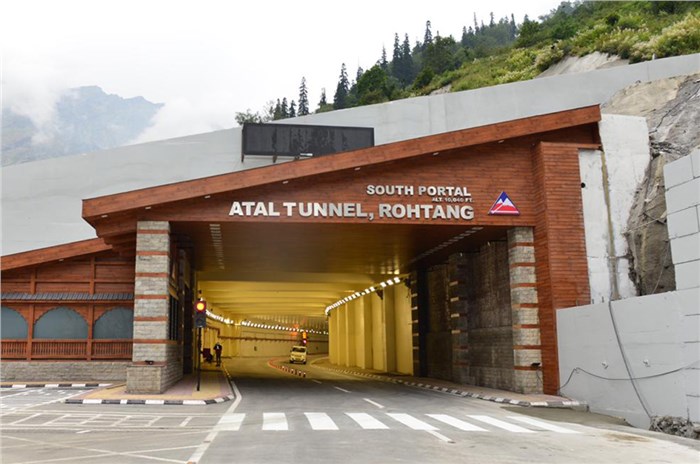 ATAI Tunnel - Rohtang. Image credit: Unknown
ATAI Tunnel - Rohtang. Image credit: Unknown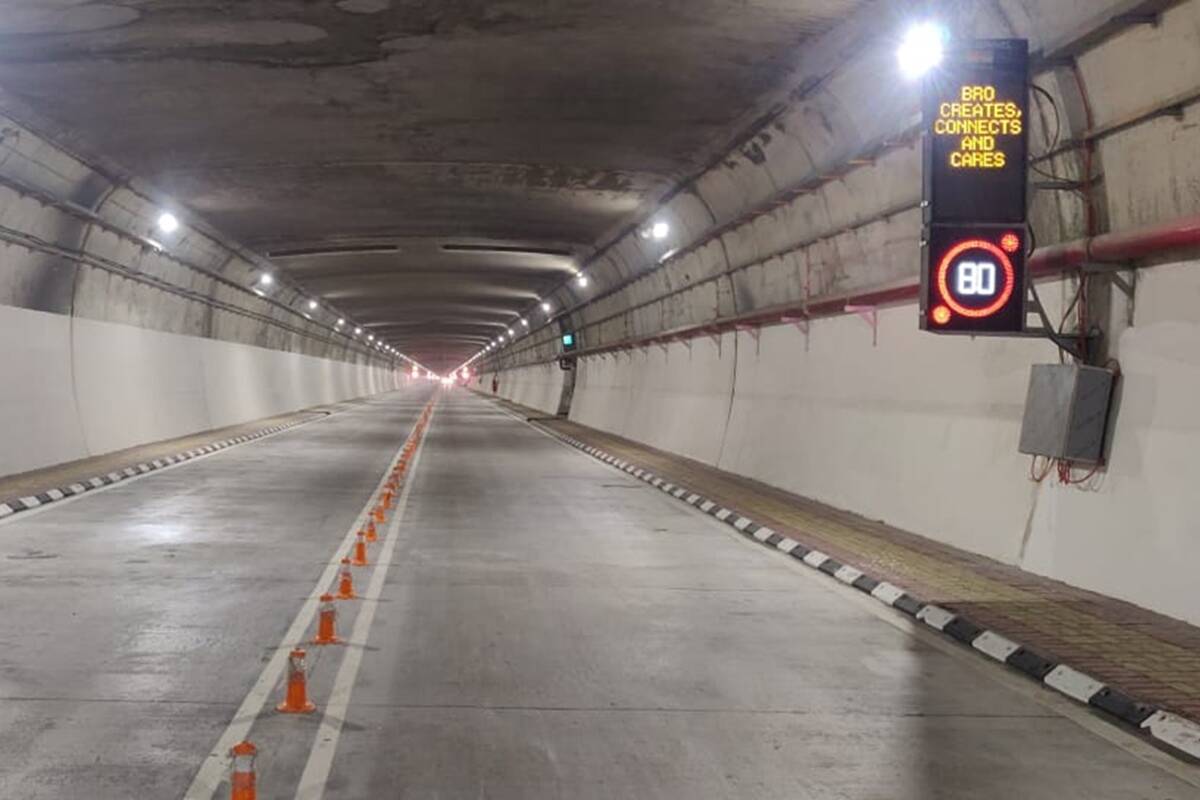 Atal Tunnel, India. Image credit: Unknown
Atal Tunnel, India. Image credit: Unknown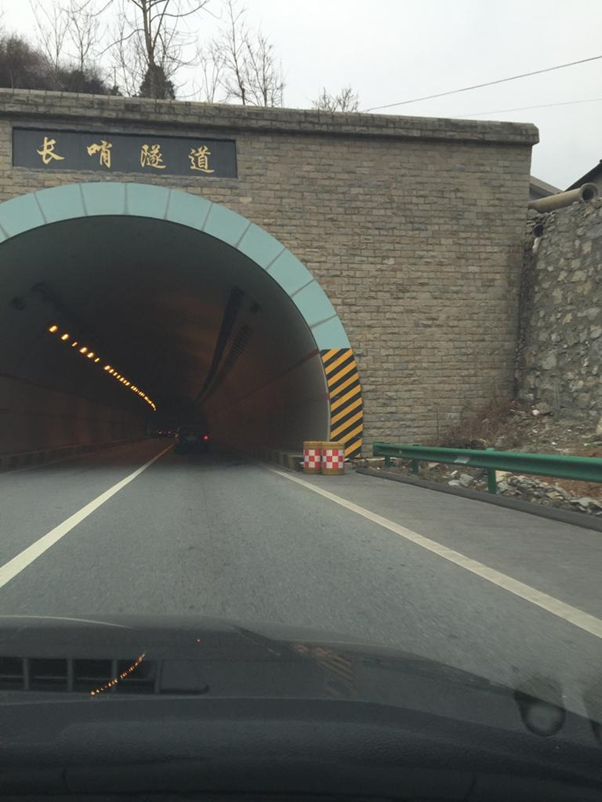 Expressway tunnel entrance in China. Image credit: Greg Smith
Expressway tunnel entrance in China. Image credit: Greg Smith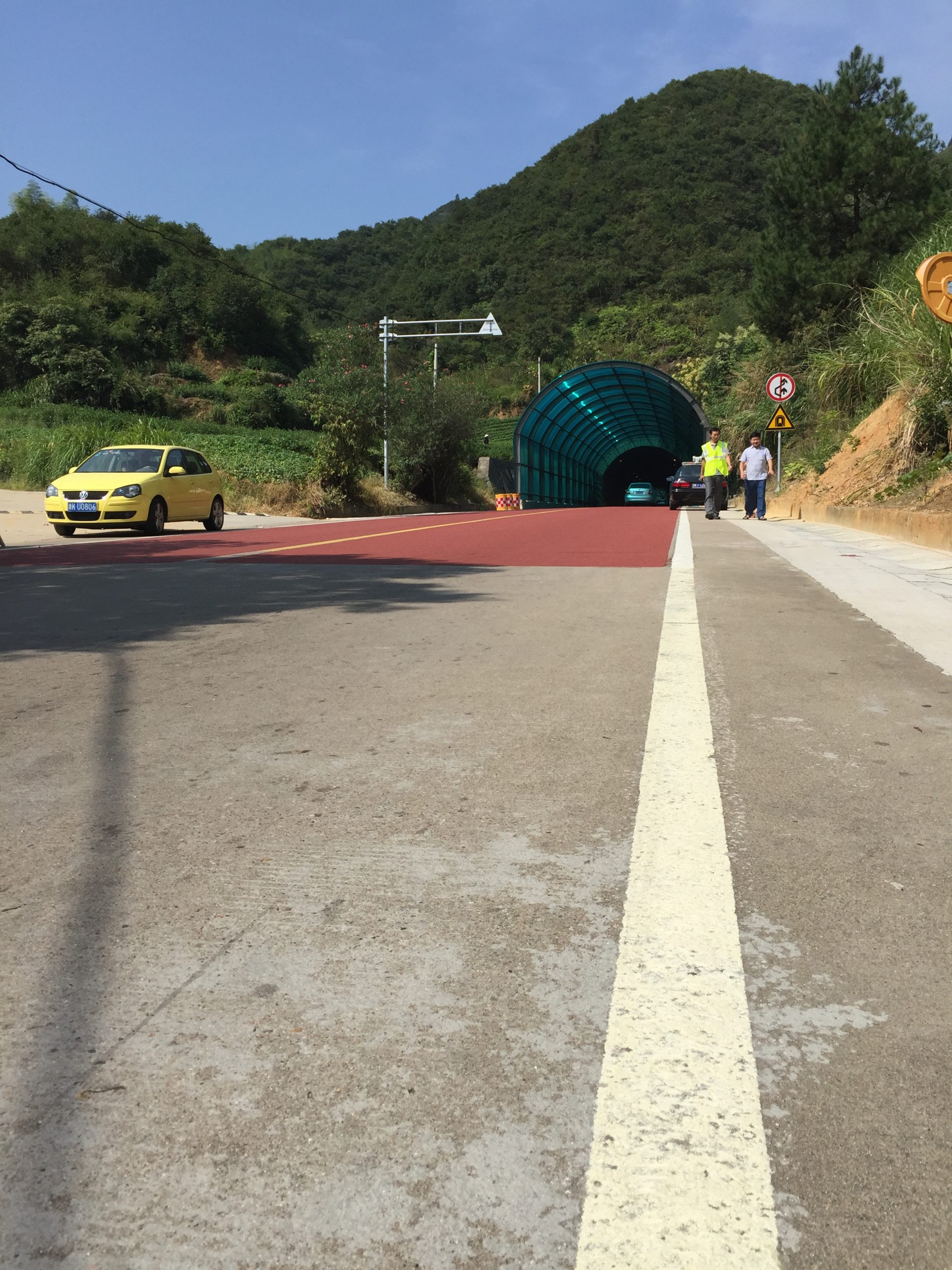 Tunnel entrance, China. Image credit: Greg Smith
Tunnel entrance, China. Image credit: Greg Smith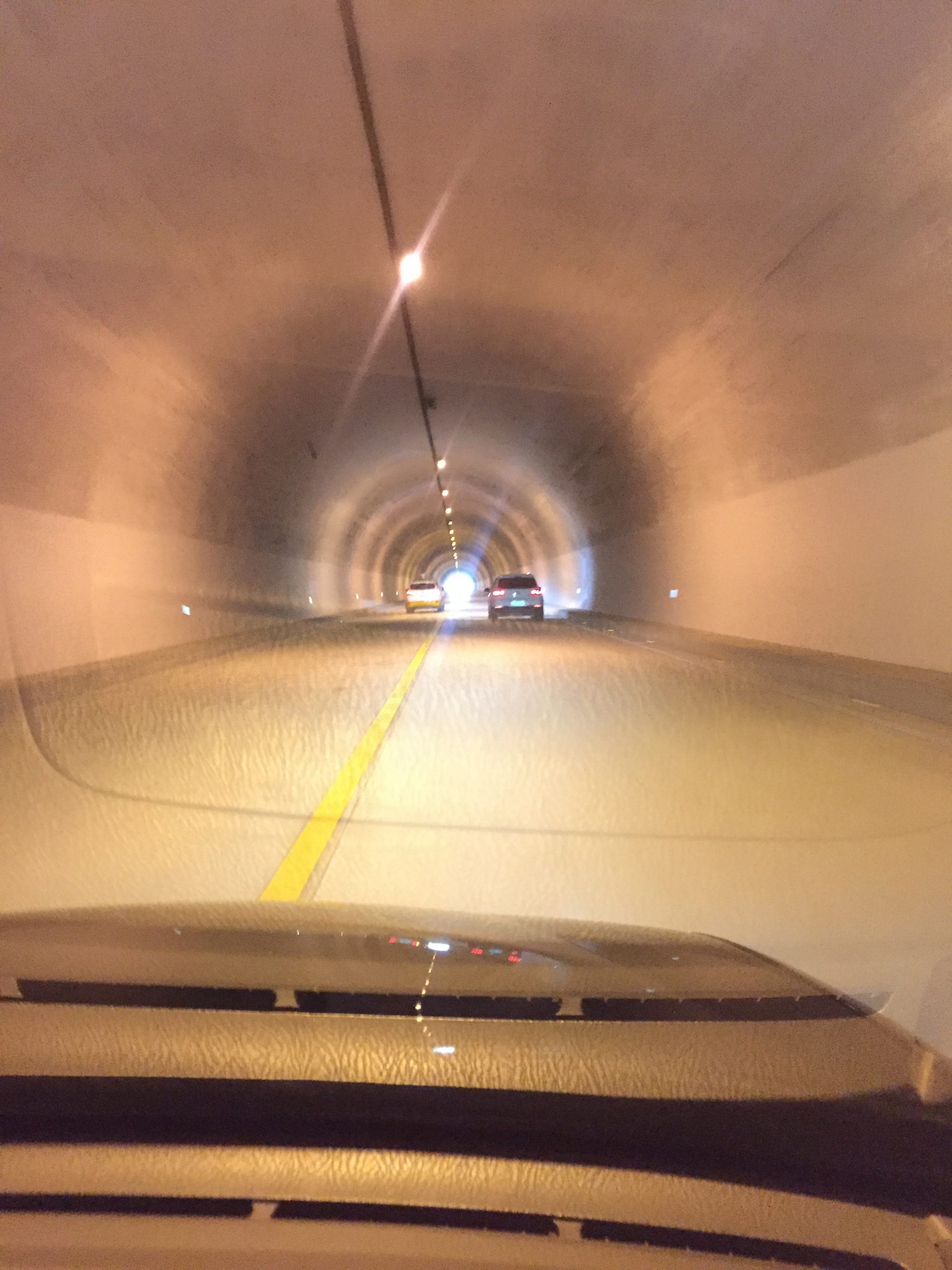 Tunnel. Image credit: Unknown
Tunnel. Image credit: Unknown








